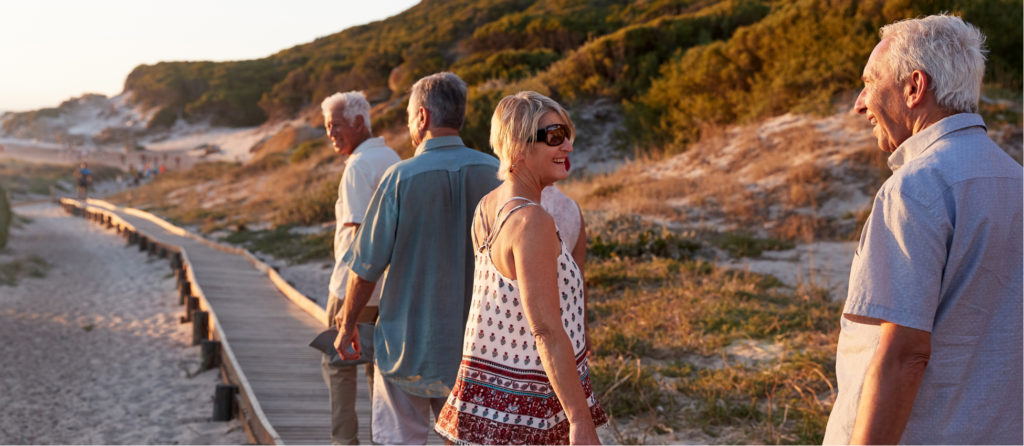Thomas Jefferson, the third President of the United States inherited 3,000 acres of land in Charlottesville Virginia, which he increased to 5,000 acres before his death in 1826. Amongst his many interests, he was a successful amateur architect. He designed and built his own house, Monticello, now a World Heritage Site and major visitor attraction. It sits on the top of a hill with good views over the Virginia countryside from an avenue known as Mulberry Row. This avenue still has the outlines of a few of the 20 workshops, storehouses and quarters once occupied by some of the 200 people who worked on the plantation. 140 of these were slaves. It took more than 40 years to build Monticello. Construction started in 1769 with what is now known as the south pavilion being one of the first structures to be completed. Jefferson lived here until he could move into the main house 5 years later. After the death of his wife Martha, one of his daughters, Martha Jefferson Randolph became the hostess at Monticello. Jefferson moved into a suite of interconnected rooms on the ground floor so that Martha, her husband and their children could occupy the rest of the house. Over the period 1791 to 1809 Monticello was extended to the size it is today, twice the original. It’s built in the Palladian style with terraces enclosing a large garden at the rear of the house. It’s a three storey structure, but looks by the windows viewed from the gardens as if it has only two floors. The large tall and slender upper windows span the first and second floors so give light at a high level into rooms on the first floor, and at a low level to rooms on the second. It would be interesting to see how well this idea works from the inside, but it’s not possible. The present day tour allows visitors only into ground floor rooms, about a dozen in all. The tour of the house is certainly interesting and absorbing. It has major connections with American history since Jefferson drafted the Declaration of Independence here. It’s difficult to understand however, that a man who wrote one of the best known sentences in the English language “…. all men are created equal”, owned 607 slaves in his lifetime. In fact, 12 of the first 18 Presidents of the USA owned slaves. “Life, liberty and the pursuit of happiness” enshrined in the Declaration didn’t apply to slaves. Many of the founding fathers thought that slavery was wrong, but didn’t insist on abolishing it. Jefferson's main contribution to ending slavery was the abolition of the importation of slaves in 1808 under his Presidency, but the economy of the southern states continued to rely on slave labour until the American Civil War ended it in 1865, 90 years after the Declaration. Jefferson wrote ten rules for one of his granddaughters to live her life by, one of them was “Don’t spend money until you’ve earned it”. He died aged 83 on 4th July 1826 heavily in debt. His Daughter Martha had to sell all of his possessions and ultimately Monticello to pay them off. Nowadays the house is owned by the Thomas Jefferson Foundation with most of the contents on loan. The small cemetery at Monticello where Jefferson is buried is owned by a family trust. He wrote the words on his monument himself. They record that during his lifetime he was author of the Virginia Statute for Religious Freedom, lead author of the Declaration of Independence, and founder of the University of Virginia. He made no mention of his Presidency of the USA.
A visit to Monticello is well worthwhile, I found it both informative and enjoyable. The $24 admission charge (2013) covers a timed house tour plus the gardens tour and the slavery tour if you have time to fit them all in. The visit begins in the excellent visitor centre at the bottom of the hill which has a restaurant, museum, theatre and a high class gift shop. An introduction to Monticello is given in an audio visual presentation in the theatre, shuttle buses then ferry visitors up the hill to the house and gardens. Without a doubt, this house is a “must see” for anyone visiting Virginia.







